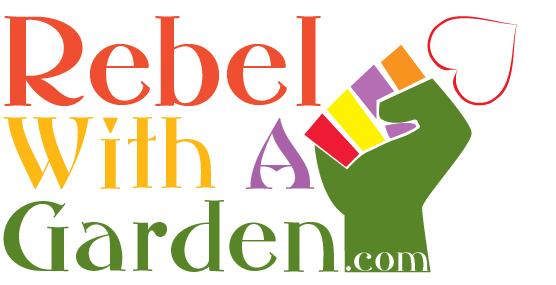When we know the connection with caterpillars and butterflies, in the early science classes, we started wondering about Mother Nature.
With pollution by pesticide use, habitat loss by urbanization and global warming, their numbers are dwindling.
As gardeners, butterflies help us in pollination. Though they are not efficient like bees as their legs and proboscis are longer and farther away from pollen. Less pollen is collected in their bodies. Unlike bees working in around 5 mile radius, butterflies fly great distances and carry pollen.
We can do our share to help butterflies thrive.
As a result we can have a garden that we can enjoy with the presence of beautiful creatures that still fascinate us.
What do they need?
Basically butterflies need four requirements to entertain a visit to our gardens.
Sunshine, Shelter, Nectar, Laval food plants.
Then some stones to bask in the sun. These stones will absorb heat to offer them a good spot for sunbathing.
And some water, preferably in the form of damp soil or sand.
Or just a small container of water.
Butterflies need lot of sunshine. In urban areas, it may need some pruning or changing location of garden to let the sun shine!
But there are also shade-loving varieties too. If you are close to ravines, you can entice them too.
Shelter from wind is important to them. They don’t like to stay in the high wind area for long. So having fence, shrubs and trees will help protect them from wind.
 What are the steps?
What are the steps?
The first step should be that you have to find out which butterflies are native to our areas.
Then you have to find out the plants that can be grown in our area to entice them.
But remember hybrid plants with less nectar like Roses, geraniums, lilies are no use for butterflies.
There are two kinds of plants butterflies need.
Two kinds of plants they need
One is to provide nectar for them.
The other is for laying eggs and supplying larval food.
Laid eggs will develop into caterpillars. You have to supply two weeks worth of food for the caterpillars. So plant a lot.
Many butterfly species use only one type of plant as their host. So find host plants that are native to your area and will attract butterflies native to your area.
Painted Lady Thistle, Hollyhock
Mourning Cloak Birch, Elm, Poplar, Willow
Tiger Swallowtail Ash, Aspen, Birch
Black Swallowtail Dill, Parsley, Wild Carrot
Red Spotted Purple Cherry, Willow
Viceroy Apple, Poplar, Willow
Comma Nettle, Elm
Monarch Milkweed
Fritillary Violet
Red Admiral Stinging Nettle
Interplant the host plants with nectar plants. Having both will ensure that you will have a permanent population and they will come back every year.
Also plan to have blooming plants from late spring to early fall to ensure that you have a continuous show of butterflies all season.
But remember you will have a lot of caterpillars that will eat your plants. So keep that in mind if you want to have them in your vegetable garden.
Don’t kill the caterpillars as they are about to become butterflies. Their hair might be itchy. So wear gloves when handling them.
These are the plants, but not limited to this list, that are full of nectar and visited by butterflies.
ANNUALS
Tropical Milkweed, Verbena, Pentas, Heliotrope, Lantanas, Zinnia, Cosmos, Anise hissop, Marigold, Goldenrod, Oxeye Daisies, Hibiscus, Redbud, Rosemary, Passion Flower, Mexican Sunflower, Fennel, Nasturtium
PERENNIALS
Lupines, Phlox, Bee Balm, Yarrow, Hollyhock , Asters, Coneflower, Shasta Daisy, Globe Thistle, Nettle, Black-eyed Susan, Boneset, Sedum, Swamp Milkweed, Butterfly Weed, or Common Milkweed, Alfalfa, Clover, Salvia, Lavendar, Daylilies, peonies, Turtlehead, Yarrow, Queen Ann’s lace, Petunia, Gayfeather, Rock cress
SHRUBS
Saskatoon Berry, Spicebush, Bluebeard (Caryopteris), White Meadowsweet, Butterfly Bush, Lilacs
SHADE PLANTS
Astilbe, Grape Holly, Cardinal Flower
Boltonia, Heliopsis, Joe Pye
If you are into garden photography, this would be the place to start. Some of them are slow movers and pose for you. Others are so fast, you would be chasing them all around for good shot.
Having a butterfly garden will make us all children again. Then our garden will be a playground for our little ones as well.
(Spread the word and share the love. Please share this article with your garden-loving friends)


